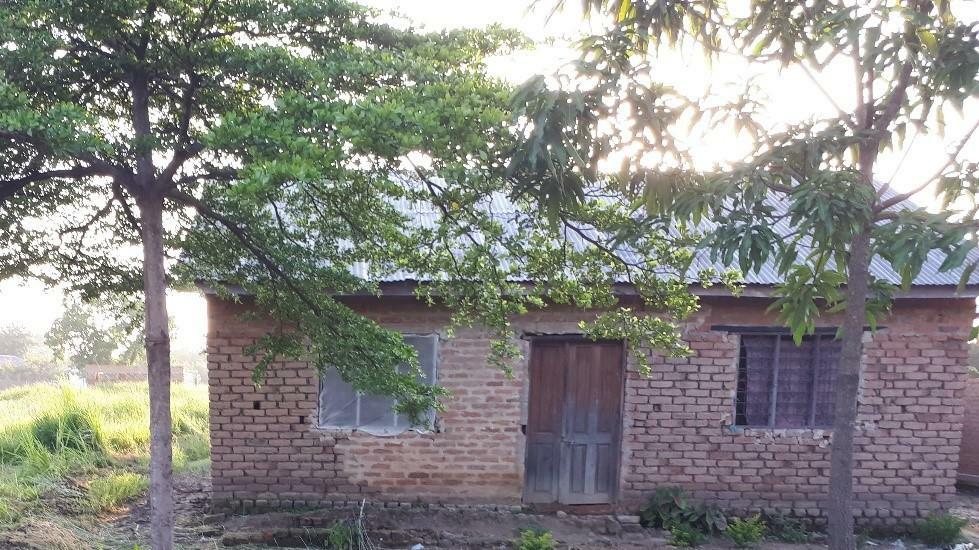
Installing mosquito screening over house windows and closing the gaps in house eaves can help reduce infection with Plasmodium parasites and the number of people with anaemia in the household, according to an updated Cochrane Review published this week. Householders can implement many of these house modifications themselves, providing a simple malaria prevention tool to complement existing vector control strategies.
The review author team, from the UK, Spain, South Africa, and Malawi, included one randomized controlled trial (RCT) and six cluster-RCTs, and noted an additional six ongoing trials. Trials assessed screening of windows, doors, eaves, ceilings, or any combination of these; this was either alone, or in combination with roof modification or eave tube installation (an insecticidal "lure and kill" device that reduces mosquito entry whilst maintaining some air flow).
The seven included trials, conducted in sub-Saharan Africa, showed that people living in modified houses were less likely to have Plasmodium parasites in their blood, and were less likely to experience moderate or severe anaemia. There was also a large reduction in the number of mosquitoes trapped indoors at night in some of the included trials.
This approach is not a new phenomenon; research from 1901 first demonstrated the effect of simple house screening techniques for protecting families in Italy from mosquito-related illness, and many householders globally continue to screen their homes to protect from nuisance insects. House modifications may provide an important, long-term, sustainable option to reduce malaria.
CIDG Research Associate and lead author Tilly Fox noted, “These results are encouraging, and the reduction in indoor mosquitoes will mean householders will be motivated to screen houses simply to reduce the nuisance factor as well as the health benefits”.
Professor Steve Lindsay from Durham University said, “It is gratifying to see the protective effect of house screening against malaria in different sites. For the future, innovative new solutions are needed to provide better and longer-lasting protection, including tougher screened windows, self-closing doors, and re-designing housing which will help keep the occupants healthy, comfortable, and secure.”
Fox T, Furnival-Adams J, Chaplin M, Napier M, Olanga EA. House modifications for preventing malaria. Cochrane Database of Systematic Reviews 2022, Issue 9. Art. No.: CD013398. DOI: 10.1002/14651858.CD013398.pub4
The editorial base of the Cochrane Infectious Diseases Group is funded by UK aid from the UK government for the benefit of low- and middle-income countries (project number 300342-104). The views expressed do not necessarily reflect the UK government’s official policies.